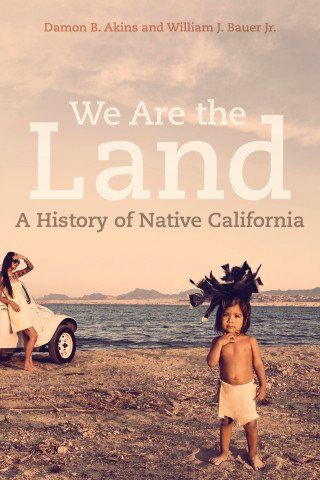The American and Sacramento Rivers converge at a wooded bank on the outskirts of California’s state capital. There, on a chilly morning in the spring of 2022, elders, leaders, and members of Native tribes from across California assembled for the first in-person gathering (after months of proceedings online due to Covid-19) of the California Truth and Healing Council. The CTHC has been tasked by Governor Gavin Newsom with collecting testimony, producing a definitive narrative of the Californian Indians—their history, near obliteration, resistance, and survival—and submitting proposals for visibility, recognition, recompense, and restorative justice.
The genocide of Native Americans was nowhere more methodically savage than in California. Nowhere was there such an explicit intention to “exterminate”—the word is used over and over again in state records—the inhabitants of a land supposedly “discovered.” Meanwhile, a brutal slave market for Indians flourished in California just as slavery was about to be abolished in the South.
The CTHC is the first initiative of its kind at the state level to officially confront these horrors and return the narrative to those who fought, escaped, survived, and persisted. Newsom announced it in June 2019, at this confluence of rivers—a site designated for a future California Indian Heritage Center:
California must reckon with our dark history. California Native American peoples suffered violence, discrimination and exploitation sanctioned by state government throughout its history…. It’s called genocide. That’s what it was, a genocide. No other way to describe it. And that’s the way it needs to be described in the history books. We can never undo the wrongs inflicted on the peoples who have lived on this land that we now call California since time immemorial, but we can work together to build bridges, tell the truth about our past and begin to heal deep wounds.
At the center of the process launched by Newsom is Christina Snider, charged with convening the CTHC and collating its final report in January 2025. Snider is a lawyer from the Dry Creek Rancheria band of Pomo Indians—though she grew up in Los Angeles—who in 2018 was appointed the governor’s tribal adviser by Jerry Brown, Newsom’s predecessor, and last July became California’s first tribal affairs secretary, at the head of the new Governor’s Office of Tribal Affairs.
